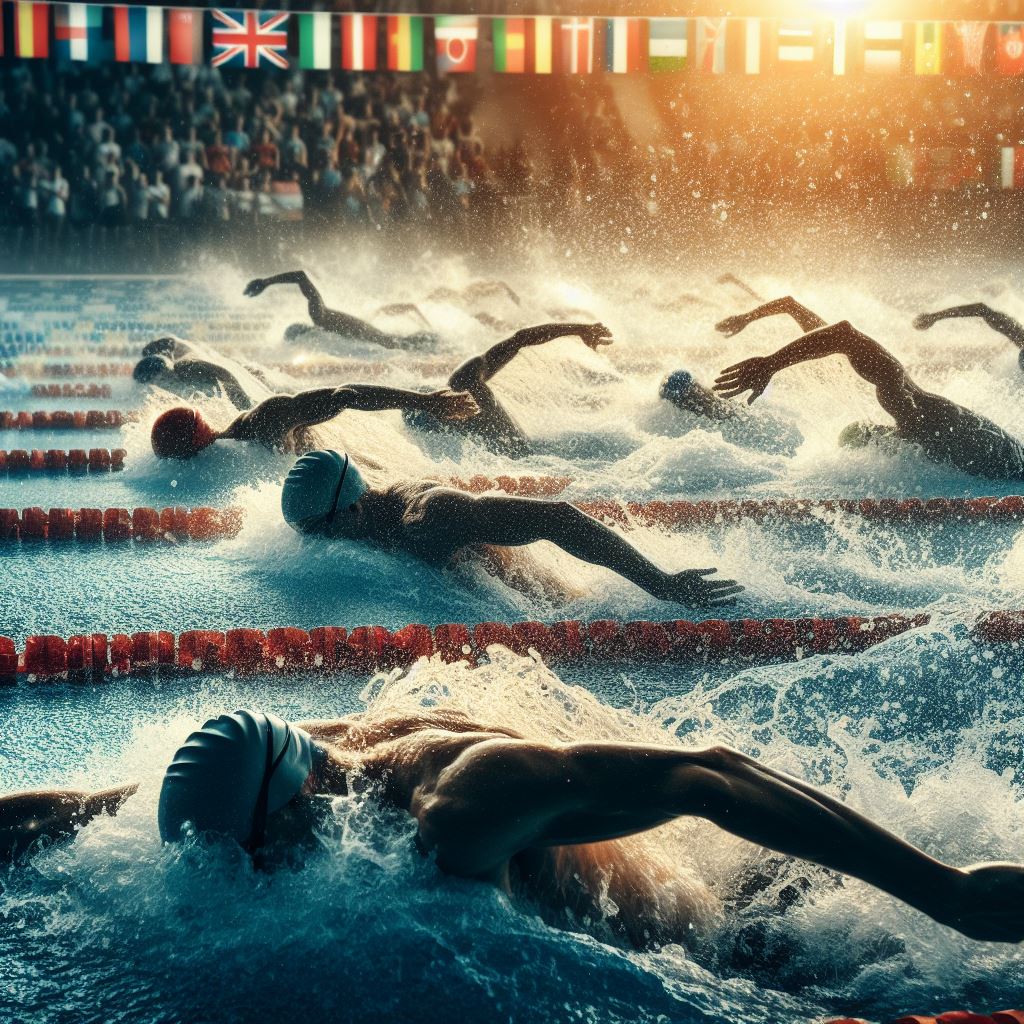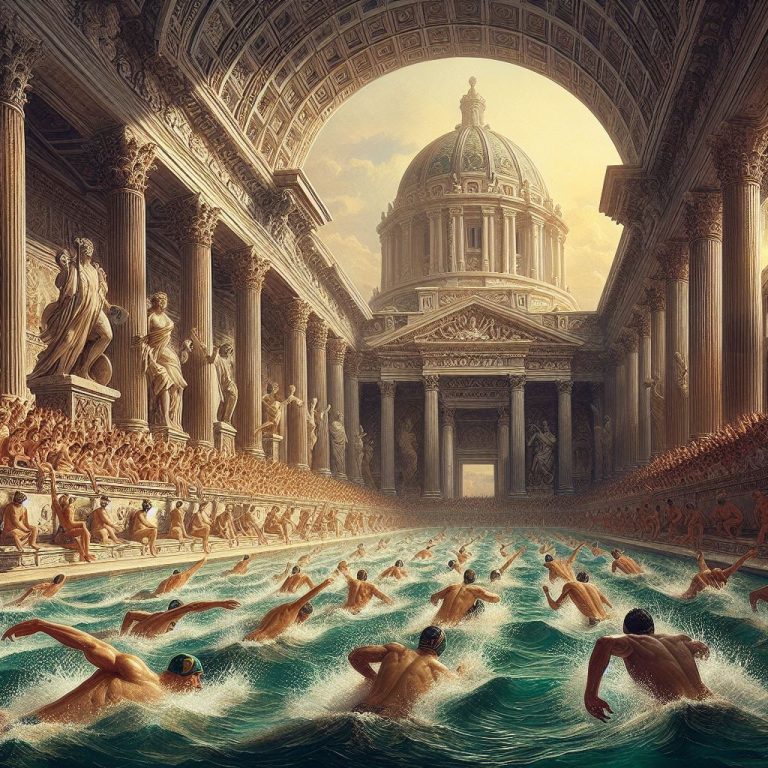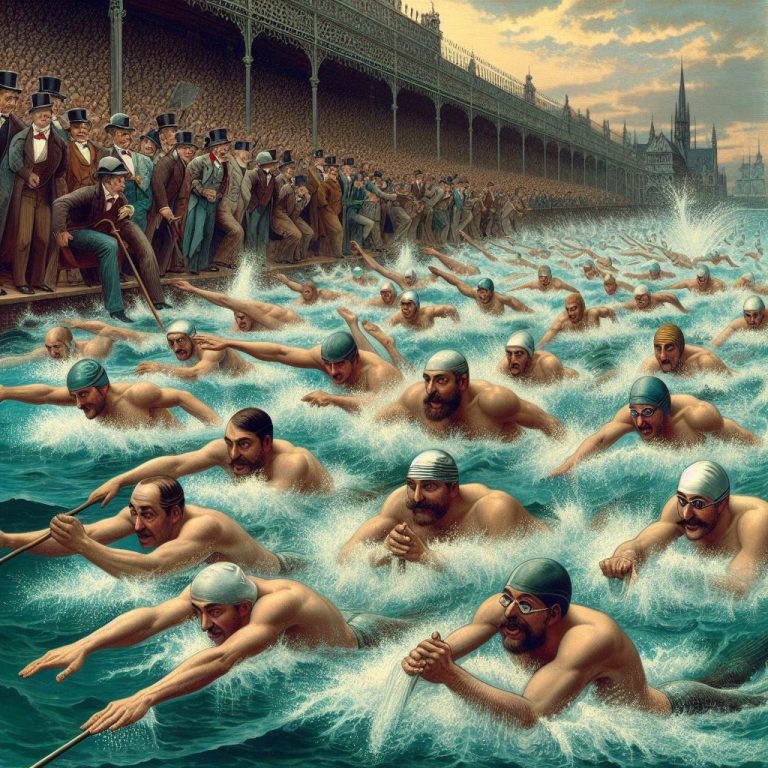Introduction:
The crawl stroke, also known as “freestyle”, occupies a prominent place in the world of modern swimming. The origins of this technique date back to the end of the 19th century, marking the start of an era of aquatic revolution. This article explores the origins of the crawl stroke and its evolution, drawing on historical sources and key eyewitness accounts.
Historical background:
Before the advent of the crawl, the dominant swimming techniques were breaststroke, backstroke, and butterfly. The changes came at the end of the 19th century, a period when swimmers began experimenting with new approaches to increase their speed and efficiency.
Emergence of the Crawl :
The transition to the crawl stroke was gradual and influenced by a variety of factors. Observers noted the indigenous swimming techniques of the Pacific islands, characterised by alternating arm movements and synchronised leg kicks.
A notable pioneer of the crawl was Richard Cavill, an Australian swimmer who introduced a variation of the technique in 1902. His method, based on an alternating arm movement, marked the start of a significant transformation.
Evolution and popularity:
Over the years, the crawl has evolved, with continual adjustments to the technique. The introduction of the six-beat crawl, combining each arm stroke with three leg strokes, was a major step forward.
Iconic swimmers such as Johnny Weissmuller helped popularise the crawl with their Olympic performances.
Current influence:
The crawl is now taught as the core technique in most swimming programmes worldwide. Its widespread adoption reflects years of innovation, competition and research to maximise swimmers’ performance. Today, the crawl remains the predominant style in competitive swimming and plays an essential role in learning to swim at all ages.
Conclusion:
The crawl emerged as a revolutionary technique at the end of the 19th century, introducing a new era in swimming in terms of speed and efficiency. Pioneers such as Richard Cavill paved the way for constant evolution, shaping the crawl as we know it today. This legacy continues to inspire and motivate swimmers around the world, illustrating how innovation and determination can lead to notable transformations in swimming.




